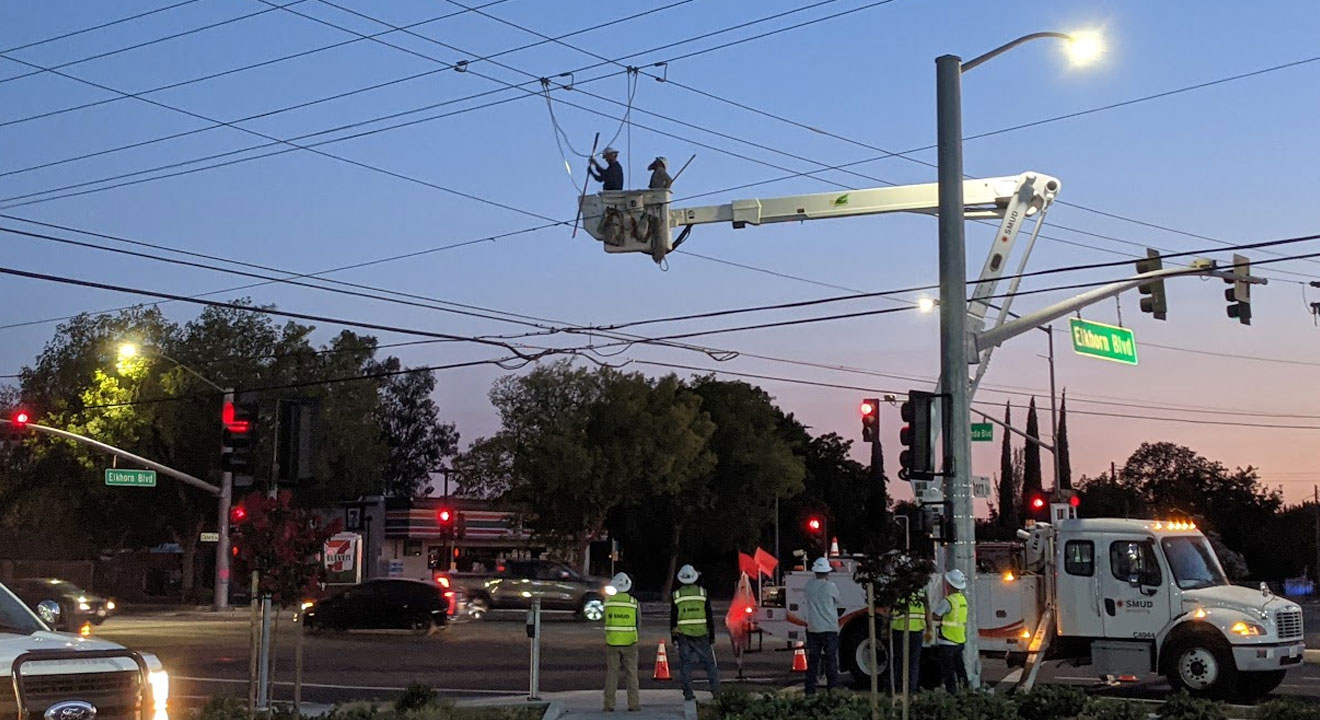Social distancing and hand washing are still best actions Californians can take to fight COVID-19
SACRAMENTO – California’s public health officials today released guidance on the use of cloth face coverings to protect against COVID-19 for Californians who must leave their homes to conduct essential activities. The guidance does not require people to wear face coverings – and is not a substitute for the state’s current guidance regarding social distancing and hand washing. The state also does not recommend Californians use N-95 or surgical masks, which are needed for our health care workers and first responders who will be there for when our lives at risk.
“Face coverings are not a substitute for physical distancing or frequent hand washing, which we know are amongst the most effective ways to reduce the spread of COVID-19. Wearing a cloth face-covering could provide some additional benefit by acting as a reminder for other people to keep their distance, and it could help reduce the spread of infectious particles from those who could be infected but don’t have symptoms.”
Dr. Sonia Angell, Director of the California Department of Public Health and State Health Officer
“Face coverings could provide some additional protection against COVID-19, but Californians should not have a false sense of security if they choose to wear them. Make sure you’re also staying 6 feet away from other people if you have to leave your home to get groceries or prescriptions,” said California Health and Human Services Secretary Dr. Mark Ghaly.
The new guidance reminds Californians that the best defense against COVID-19 continues to be:
- Staying at home and physical distancing
- Washing hands frequently
- Avoiding touching eyes, nose and mouth with unwashed hands
- Avoiding being around sick people
The use of cloth face coverings could reduce the transmission of COVID-19 by individuals who do not have symptoms and may reinforce physical distancing. Public health officials also caution that face coverings may increase risk if users reduce their use of strong defenses such as physical distancing and frequent hand washing.
Guidance
- Our best community and individual defense against COVID 19 is washing our hands frequently, avoiding touching our eyes, nose and mouth with unwashed hands, avoiding being around sick people and physical distancing, especially by staying at home. A strong health care delivery system and emergency response system is also an essential core defense to save lives when people do get ill.
- There may be a benefit to reducing asymptomatic transmission and reinforcing physical distancing from the use of face coverings. However, face coverings may increase risk if users reduce their use of strong defenses, such as physical distancing and frequent hand washing, when using face coverings.
Considerations
- Counties that choose to introduce policies promoting face coverings for their residents should make sure that these policies do not put increased demand on medical grade respirators, such as N95 and surgical masks. Counties should emphasize the use of face coverings in conjunction with evidence-based interventions such as staying at home, physical distancing when completing essential activities and washing hands.
- Individuals outside of counties with recommendations on face coverings, should wear coverings if they feel comfortable doing so, and practice strict hand washing before and after touching and adjusting the mask. They are reminded that face coverings are not a replacement for other evidence-based measures such as physical distancing, frequent hand washing practices, and remaining at home when not doing essential activities.
Background
What is a cloth face covering?
A cloth face covering is a material that covers the nose and mouth. It can be secured to the head with ties or straps or simply wrapped around the lower face. It can be made of a variety of materials, such as cotton, silk, or linen. A cloth face covering may be factory-made or sewn by hand, or can be improvised from household items such as scarfs, T-shirts, sweatshirts, or towels.
How well do cloth face coverings work to prevent spread of COVID-19?
There is limited evidence to suggest that use of cloth face coverings by the public during a pandemic could help reduce disease transmission. Their primary role is to reduce the release of infectious particles into the air when someone speaks, coughs, or sneezes, including someone who has COVID-19 but feels well. Cloth face coverings are not a substitute for physical distancing and washing hands and staying home when ill, but they may be helpful when combined with these primary interventions.
When should I wear a cloth face covering?
You may choose to wear a cloth face covering when you must be in public for essential activities, such as shopping at the grocery store. Wearing a cloth face covering does not eliminate the need to physically distance yourself from others.
How should I care for a cloth face covering?
It’s a good idea to wash your cloth face covering frequently, ideally after each use, or at least daily. Have a bag or bin to keep cloth face coverings in until they can be laundered with detergent and hot water and dried on a hot cycle. If you must re-wear your cloth face covering before washing, wash your hands immediately after putting it back on and avoid touching your face. Discard cloth face coverings that:
- No longer cover the nose and mouth
- Have stretched out or damaged ties or straps
- Cannot stay on the face
- Have holes or tears in the fabric















